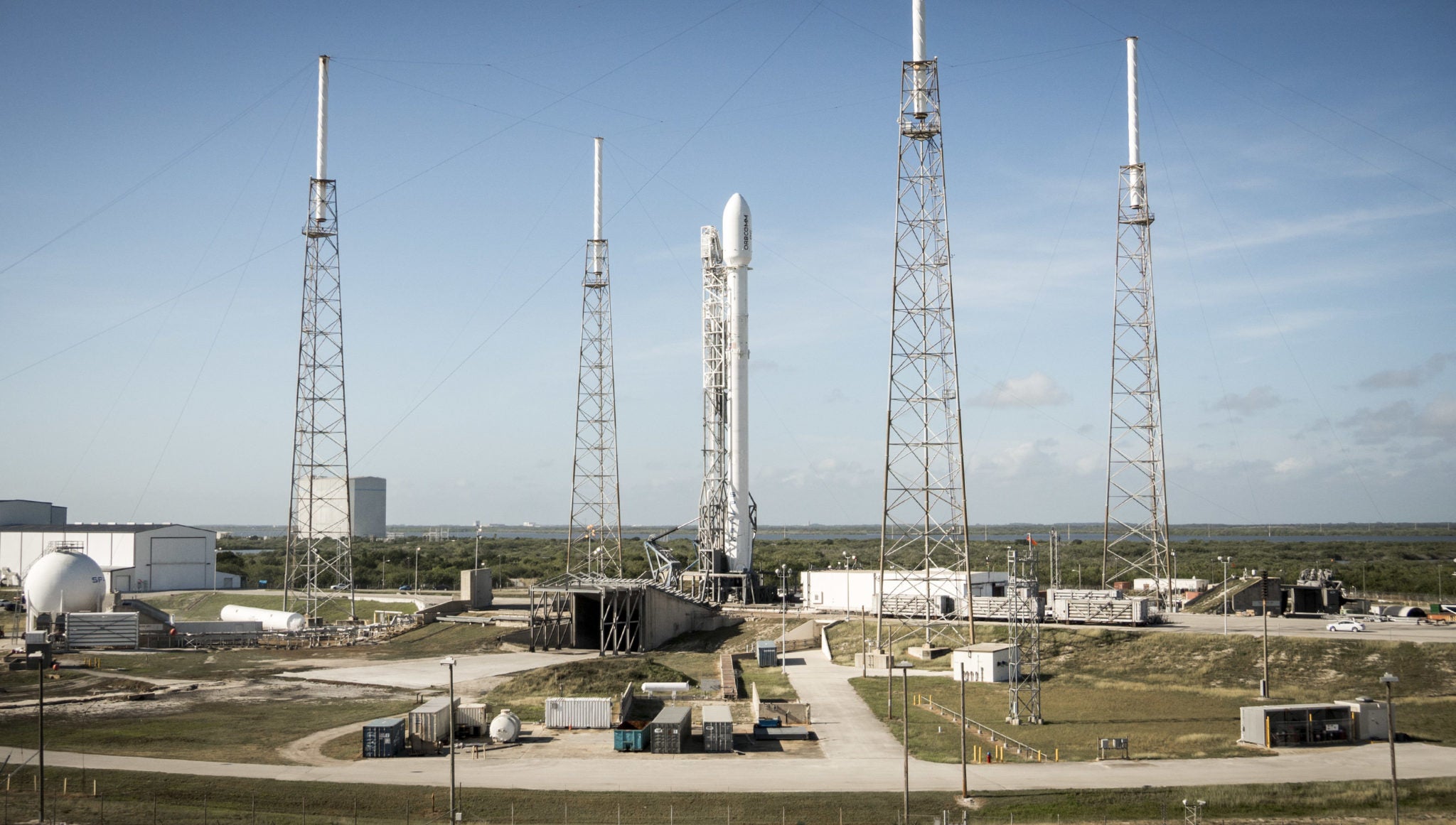SpaceX Begins Search for Cause of Falcon 9 Anomaly
[Via Satellite 09-06-2016] Following the Sept. 1 Falcon 9 explosion that destroyed both the rocket and its Spacecom satellite payload, SpaceX has begun investigating the causes and fixes for the anomaly. During the company’s standard pre-launch static fire, intended to demonstrate the health of the vehicle prior to launch, an anomaly took place about eight minutes in advance of a scheduled test firing. At the time of the loss, the launch vehicle was vertical and in the process of being fueled for the test.
SpaceX reports that current data indicates the anomaly originated around the upper stage liquid oxygen tank. Per standard operating procedure, all personnel were clear of the pad, and there were no injuries.
SpaceX began its investigation to identify the root cause of the anomaly immediately after the loss, following accident investigation plans prepared for such a contingency. These plans include the preservation of all possible evidence and the assembly of an accident investigation team, with oversight from the U.S. Federal Aviation Administration (FAA) and participation by NASA, the United States Air Force and other industry experts. The company is currently in the early process of reviewing approximately 3,000 channels of telemetry and video data covering a time period of 35 to 55 milliseconds. SpaceX teams are also investigating the status of Space Launch Complex 40 (SLC-40) to determine the scope of the damage.
SpaceX currently operates three launch pads — two in Florida and one in California at Vandenberg Air Force Base. The launch provider anticipates these other facilities will support its return to flight in order to fulfill future missions. Space Launch Complex 4E at Vandenberg is in the final stages of an operational upgrade, and Launch Complex 39A at Kennedy Space Center remains on schedule to be operational in November. Both pads are capable of supporting Falcon 9 and Falcon Heavy launches. SpaceX reports that its manifest has approximately 70 missions collectively worth more than $10 billion.
